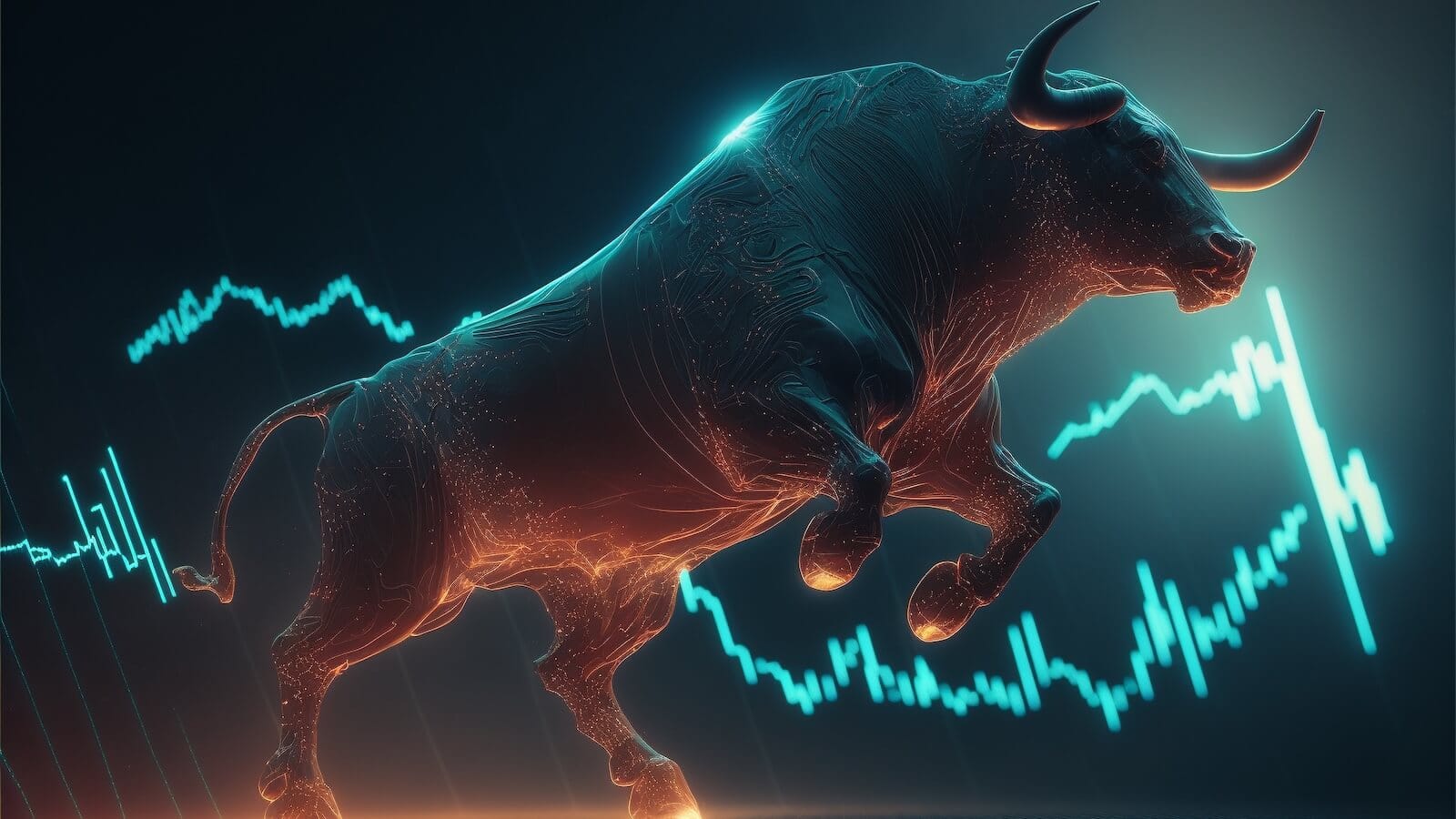THREE FALLING PRICE CHANNELS TO WATCH CLOSELY -- COAL ETF CONSOLIDATES AT NECKLINE RESISTANCE -- METALS & MINING SPDR TESTS FIRST SUPPORT -- COPPER FAILS AT RESISTANCE AND BREAKS SUPPORT -- NASDAQ NET NEW HIGHS TURN NEGATIVE
THREE FALLING PRICE CHANNELS TO WATCH CLOSELY... Link for todays video. With the major indices weakening since mid September, a number of stocks and ETFs formed falling price channels the last 5-6 weeks. These are usually viewed as corrective patterns that form after a sharp advance. We did indeed see a sharp advance from early August to mid September. Do these falling channels mark a mere correction or do they signal the start of an extended decline? That, of course, is the $64,000 question. At this point, the falling channels are short-term bearish because they represent a clear downtrend. A break above the upper trend line is needed to reverse this downtrend and signal a continuation of the prior advance. Aggressive traders can look for a reversal within the falling channel, but these six week downtrends show overall weakness in three key areas.

(click to view a live version of this chart)
Chart 1
Chart 1 shows the Russell 2000 ETF (IWM) peaking above 86 and then working its way to 81 the last six weeks. Support in the 81 area stems from broken resistance and the early June trend line. IWM hit 81 on Tuesday and consolidated the last few days. A break above Thursdays high would signal an upturn within the falling channel. The next signal would be a break above the upper trend line around 83.50. Such a move would also fill last Fridays down gap.

(click to view a live version of this chart)
Chart 2

(click to view a live version of this chart)
Chart 3
Chart 2 shows the Retail SPDR (XRT) within a falling channel as well. Broken support and the five day high mark first resistance just above 62. The support break is bearish until proven otherwise with a move back above this level. A move above the upper trend line is needed to reverse the six week downtrend. Chart 3 shows the Regional Bank SPDR (KRE) trying to firm in the 28 area, but not getting any traction. A break above this weeks high is needed to signal an upturn within the channel. A move above the upper trend line is needed to fully reverse this fall. IWM represents small-caps, KRE represents smaller banks and XRT represents the retail industry. These are three very important areas of the stock market. Channel breakouts in all three would be quite positive for stocks. I would remain cautious as long as all three remain within these channels.
COAL ETF CONSOLIDATES AT NECKLINE RESISTANCE... The Coal ETF (KOL) has been a strong performer this month, but the ETF is running into some stiff make-or-break resistance. Chart 4 shows KOL forming a long base over the last five months. In fact, this base looks like an inverse head-and-shoulders pattern with resistance just above 26. The late July and early September lows form a double head. A break above the July-October highs would complete the pattern and target a move to the 30-31 are. KOL is currently consolidating near resistance. I drew a trend line extending up from the early September low. A break below this trend line would suggest a failure at resistance and warrant a reassessment. The indicator window shows the price relative challenging resistance from the August high. A breakout here would signal relative strength in KOL.

(click to view a live version of this chart)
Chart 4
METALS & MINING SPDR TESTS FIRST SUPPORT... The Metals & Mining SPDR (XME) has been outperforming since early September, but this ETF is hitting resistance in a retracement zone and base metals fell sharply this week. Chart 5 shows XME breaking out in early September and this breakout turning into support around 43. Support held as XME bounced to 47 this month. I am concerned because XME failed twice in the 50-61.80% retracement zone. Even so, the trend since late July remains up with the trend line marking support at 44. This is the first level to watch for signs of trouble. The early October low marks key support at 42.4 and a break below this level would fully reverse the three month uptrend.

(click to view a live version of this chart)
Chart 5
COPPER FAILS AT RESISTANCE AND BREAKS SUPPORT... In another sign of weakness in the global economy, Spot Copper ($COPPER) formed a lower high in late September and declined sharply the last three weeks. This could also spell trouble for the materials sector and XME. Chart 6 shows Dr Copper breaking support around 3.8-4 way back in September 2011. Broken support then turned into resistance in early 2012 and again in late September. Overall, a large triangle is forming and prices are moving towards the lower trend line. A break below triangle support would signal a continuation lower and project further weakness towards the next support zone in the 2.6-2.8 area. This is a concern for stocks because copper and the S&P 500 are positively correlated. Notice that the Correlation Coefficient has been positive the last three years. Chart 7 shows the Copper ETF (JJC) forming a lower high in September and breaking support with a sharp decline the last five days.

(click to view a live version of this chart)
Chart 6

(click to view a live version of this chart)
Chart 7
NASDAQ NET NEW HIGHS TURN NEGATIVE... Relative weakness in the Nasdaq and technology sector can also be seen when comparing Net New Highs on the Nasdaq and NYSE. Chart 8 shows Nasdaq Net New Highs ($NAHL) turning negative twice in October. The main chart window shows the cumulative line turning down and breaking below its 10-day EMA for the first time since early August. While I would not use Net New Highs to time market turns, I do use it to gauge participation (breadth) and the general health of the market. The bears are gaining the upper hand when there are more lows than new highs. It is as simple as that. At this point, Nasdaq Net New Highs need to exceed last weeks peak to get the bulls back on track.

(click to view a live version of this chart)
Chart 8
NYSE Net New Highs tell a different story. Even though Net New Highs on the NYSE are dwindling, we have yet to see this indicator turn negative. In other words, there are still more new highs than new lows. The main window shows the cumulative line turning up in early June and moving higher for almost five months. This is a long run without a flattening or downturn. This indicator clearly shows that stocks on the NYSE are in better shape than stocks on the Nasdaq.











